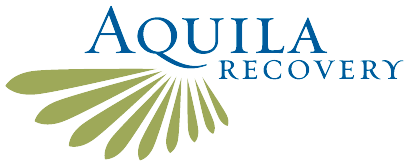Many people who suffer from substance use disorders start their journey towards recovery in an inpatient 30-day treatment facility. These facilities begin the healing process and protect an individual from the influences and stresses of their normal lives. This gives the brain a chance to detox from the offending substance and time for the individual to learn early skills necessary for sobriety. Upon discharge, the newly sober have a good start on their new path of living free from substances. Unfortunately, many have great difficulty using their new skills when they return to the stresses of their daily lives. It is for this reason that Sober Living environments were created.
Sober Living As A Lifestyle
When people are released from treatment, being in a supporting environment can be the best option for them. For this reason, sober living environments were created in order to provide the level of emotional support needed. Read on to learn more about sober living environments, and how they provide a calming environment after treatment:
Sober Living Environments
Sober Living environments are group homes that provide housing to those in need of a substance free environment. “Alcohol and drug dependent individuals with histories of homelessness, incarceration, and lack of social support for sobriety are particularly vulnerable to relapse without the provision of long term community based services that support sobriety.” (NCBI)

How These Environments Prevent Relapse
While homelessness and incarceration are obvious risk factors for relapse, many who have not experienced these still have social environments that are not conducive to sobriety. Some come from homes with other active substance users who many not support the newly sober. Some in recovery may have living environments that have significant levels of stress and turmoil that will overwhelm the coping mechanisms before the individual has a chance to solidify their skills.
Sober Living homes surround individuals in a pre-made recovery community. All of those living in the home are also in their recovery journey. Usually the newly sober have social networks that are full of substance users. Sober Living environments enable those in recovery to build relationships and ties with others who share their goal of a life free of substances. Members of the homes are encouraged to support each other and reach out to each other for help. Often, 12-step programs providing mutual aid are a large part of the support structure of these homes.
What Sober Living Environments Provide
Sober Homes also provide access to recovery resources. Every home has a home leader who has training and skills in substance use treatment. Drug testing is almost always performed in these environments. Typically, sober homes are associated with an outpatient treatment program such as a day treatment program or an intensive outpatient program that provides both counseling and medication management if needed.
Sober Living is a natural transition from an inpatient stay to integrating back into one’s life. It protects from the stresses of unsupportive living environments, provides a built in social network of like-minded people and provides specialized substance treatment services. Research has pointed to improved outcomes with Sober Living: “Findings from our study on SLH’s show they are utilized by a variety of individuals and that residents show improvement at 6 month follow up in a variety of areas, including substance use, work, arrests and psychiatric symptoms.”
Contact Aquila Recovery Today
Sober living greatly benefits from the proper environment. While the hard work that comes along with it may be difficult, those soberly living can have an easier time around others doing the same. If you’d like more information on sober living environments or sober living, reach out to Aquila Recovery. Our team is here and ready to walk with you on the journey you’re about to take. Call today by phone at (202) 618-9125 or request a consultation online.

